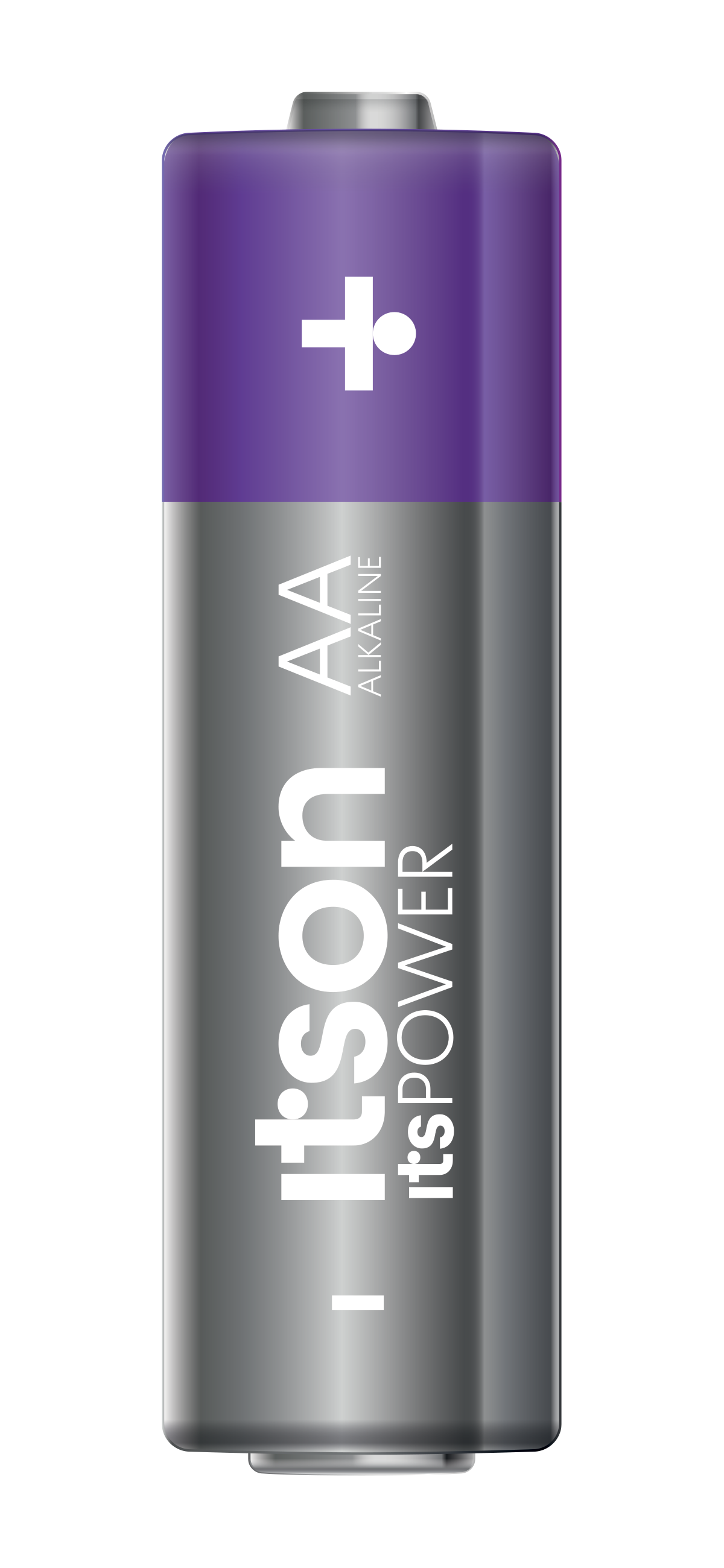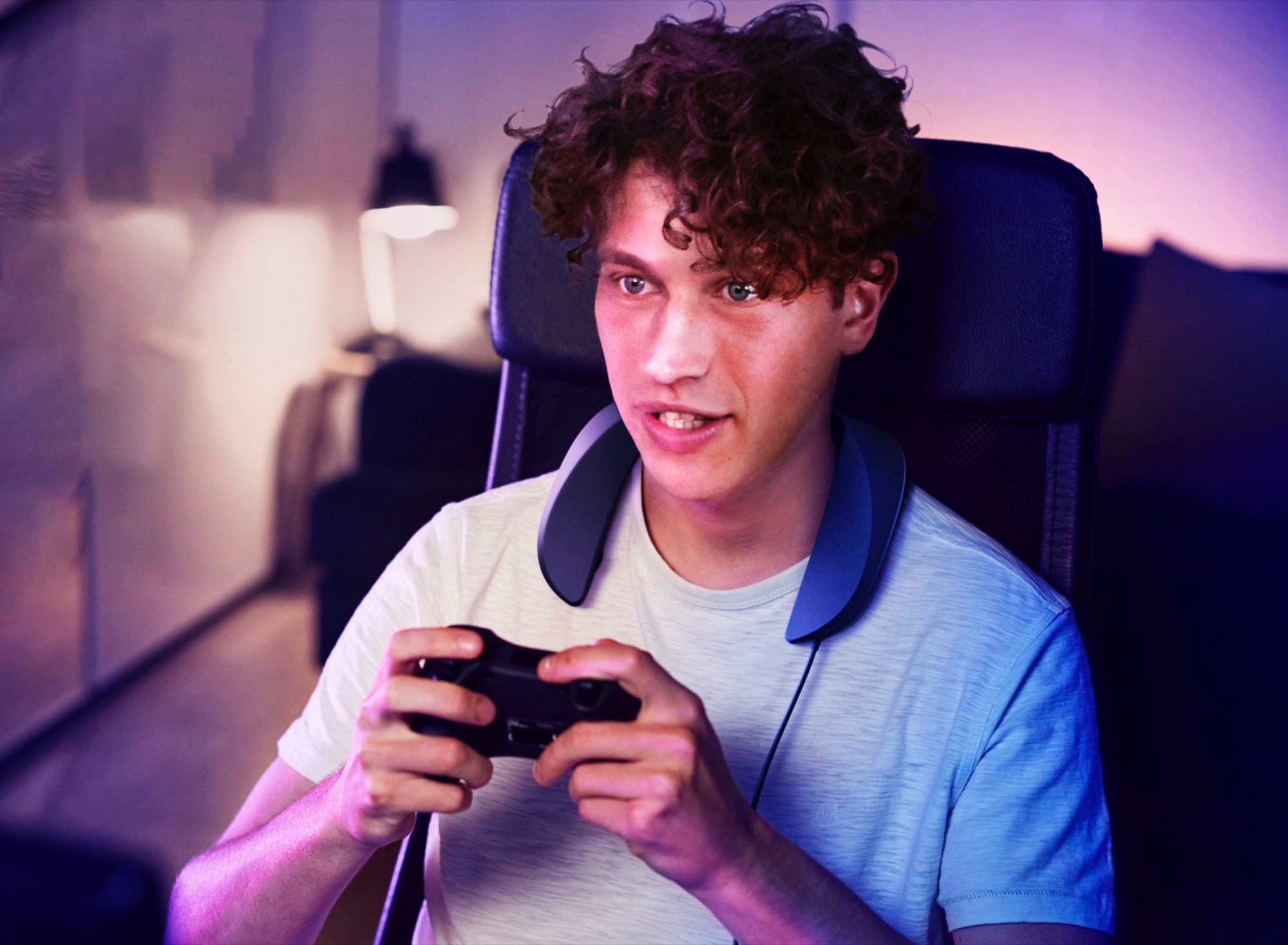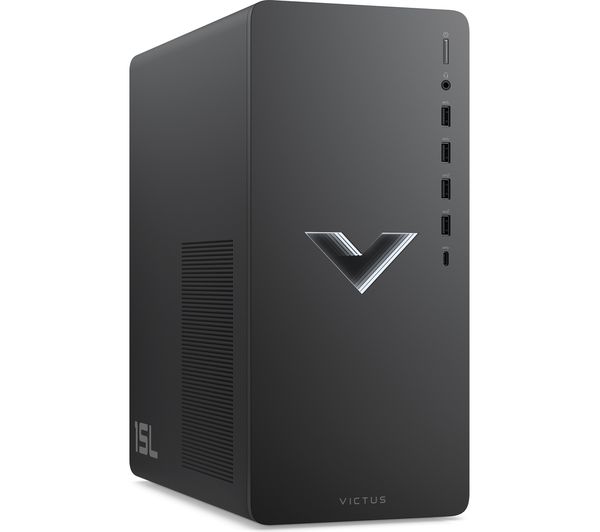Vodafone, in collaboration with GiveVision, has introduced a pioneering trial of 5G-powered GiveVision headsets at Centre Court and No.1 Court during Wimbledon, revolutionizing the live tennis experience for visually impaired fans. The trial marks the first-ever implementation of 5G technology in sport.
The headsets utilize Vodafone’s 5G network to stream live footage from local TV cameras, enhancing the visuals to cater to each user’s specific sight profile. By bringing the images closer to the eye and stimulating the photoreceptor cells in the retina, the headsets allow for a partial restoration of vision.
Unlike previous versions, which required users to stay within a limited range of a transmitter box in a designated accessibility area, the 5G-powered headsets cover the entire court or stadium, enabling visually impaired fans to enjoy the action from anywhere in the crowd alongside their friends and family. The headsets offer the flexibility to switch between different modes and use the built-in camera phone to focus on specific moments during the match.
Visually impaired tennis fans at Wimbledon have had the opportunity to trial these groundbreaking headsets, which capture images through a camera and project them into the user’s field of vision. Users can adjust the images using a remote control to suit their preferences.
Rosie Pybus (31), who works for the Royal National Institute of Blind People and plays visually impaired tennis, expressed her exhilaration at the moment she first experienced the headset at Centre Court while witnessing Andy Murray’s match against Ryan Peniston. She told the Guardian, “It was the first time I have had that level of vision in life. I can people watch. I was just testing the tech, and I said: ‘I can see holes in the net.’ It was really exhilarating. When I come to tennis from now on, or any sporting events where these headsets are available, I won’t necessarily have to think about bringing a friend who is sighted. I could be the eyes.”
Seventeen-year-old Ivan Rodriguez Deb, the top-ranked visually impaired tennis player, shared his overwhelming emotions while trying the headset during Murray’s match. He described the experience as “incredible” and explained how it opened up a whole new world of watching tennis, enabling him to grasp intricate details that he had missed in the past.
GiveVision, which has also made advancements in the football sector through collaboration with Crystal Palace, envisions expanding the use of this technology to more venues in the future.
While Wimbledon recently announced the introduction of AI-powered commentary and captions in online highlights videos, former British No 1 and BBC pundit Annabel Croft expressed her concerns about AI replacing human professionals. She referred to AI commentary as an “insult” and criticized the potential impact on jobs and humanity as a whole.
As Vodafone and GiveVision continue to pioneer accessible technology at Wimbledon, visually impaired tennis fans can relish a more immersive and inclusive experience, showcasing the transformative power of 5G and wearable devices in enhancing accessibility and enjoyment of live sports events.





















